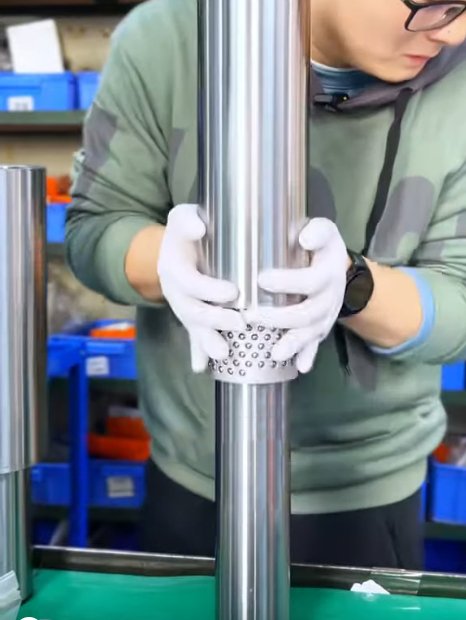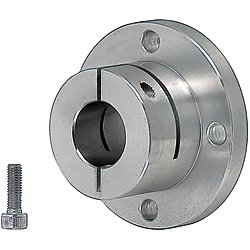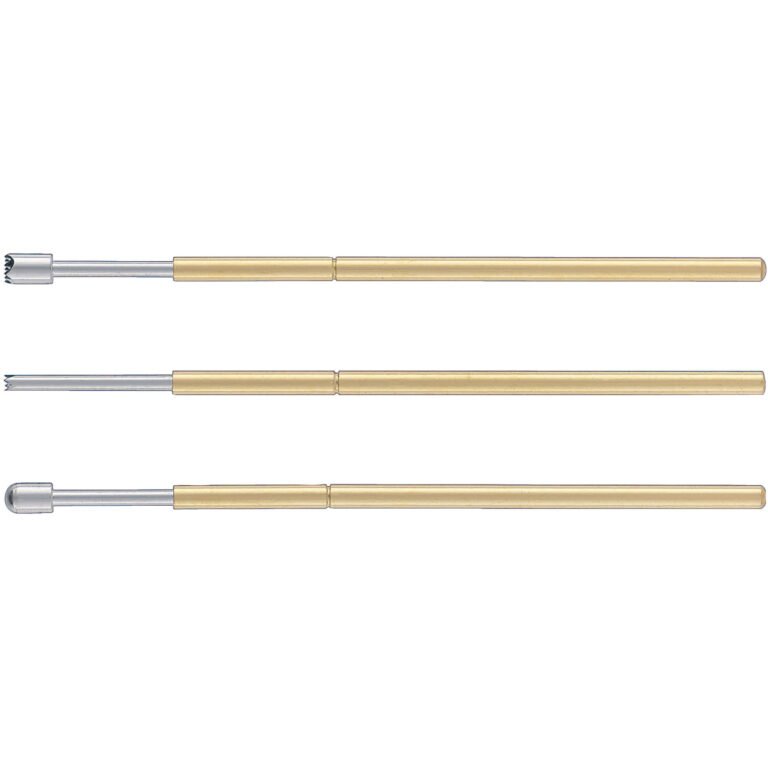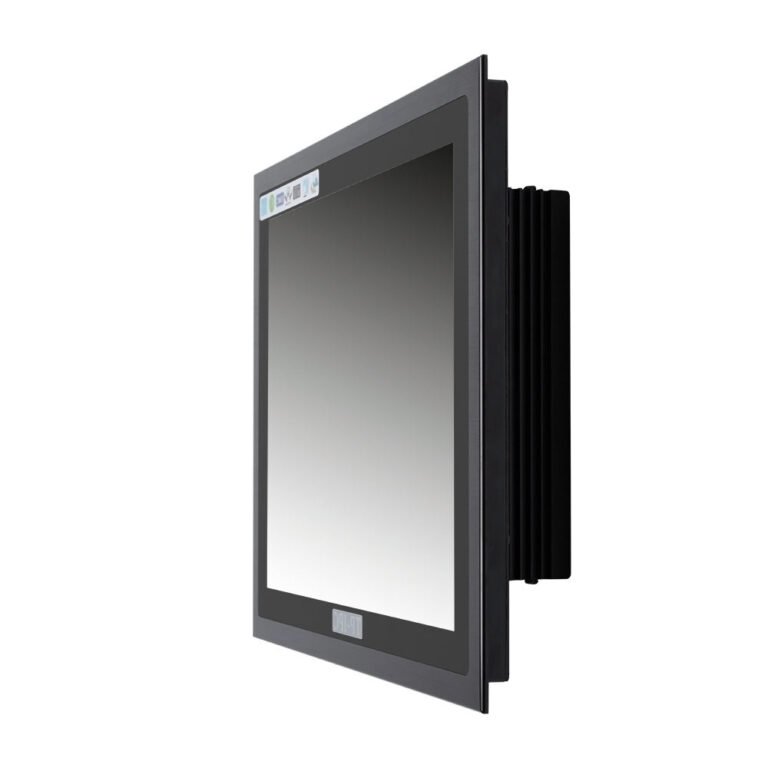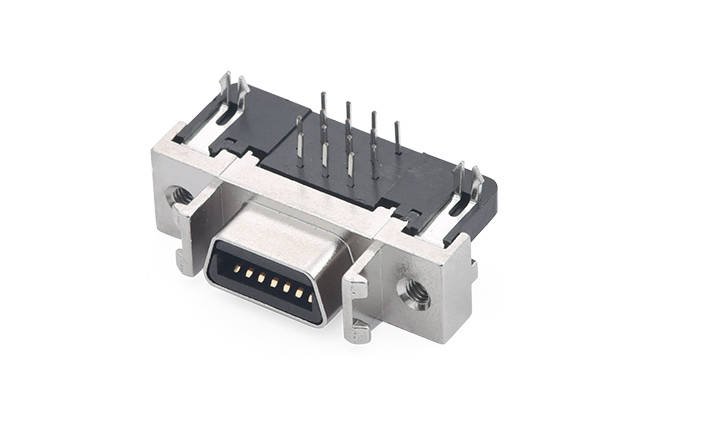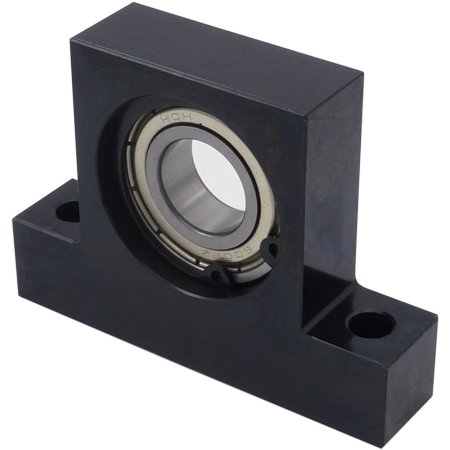How Much Does Crankshaft Machining Cost?
If you’re developing electric motors, automation systems, or precision assemblies, you may need a custom crankshaft — and one of the first questions is:
“How much does crankshaft machining cost?”
In this guide, we’ll break down the major cost factors, current market price ranges, and tips to reduce costs without compromising on quality.
What Affects Crankshaft Machining Cost?
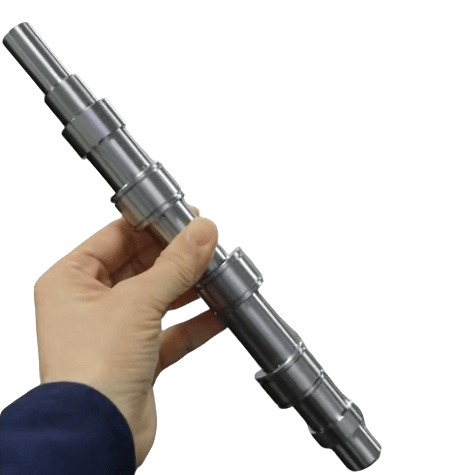
Several factors influence the total cost of machining a crankshaft:
1. Material Type
- Steel (e.g., 42CrMo, SCM435): moderate cost
- Stainless steel or alloys: higher cost
- Aluminum: cheaper but used less frequently
2. Design Complexity
- Eccentric features or stepped shafts = more CNC time
- Special chamfers or keyways increase cost
- Tight tolerances (e.g. ±0.005mm) require precision grinding
3. Machining Volume
- Prototype (1–5 pcs): higher unit cost due to setup
- Small batch (100–500 pcs): medium range
- Mass production: much lower per unit, but higher upfront
4. Additional Processes
- Heat treatment (nitriding, hardening)
- Surface grinding or polishing
- Balance testing or dynamic runout inspection
5. Supplier Location & Capability
- Europe/U.S. suppliers often have higher labor costs
- Chinese crankshaft machining manufacturers can offer better price-to-performance ratios — especially if they handle heat treatment & grinding in-house
Typical Crankshaft Machining Cost Range
| Order Type | Estimated Cost (USD) |
|---|---|
| 1–5 pcs (Prototype) | $50 – $150 per piece |
| 100–500 pcs (Small Batch) | $8 – $30 per piece |
| 1,000+ pcs (Mass Production) | $3 – $10 per piece |
These prices are general estimates for steel crankshafts with standard tolerance and finish. Highly customized parts will vary.
Hidden Costs to Watch For
Even when comparing quotes, don’t forget to ask about:
- Fixture or tooling fees
- Sample development charges
- Rework or rejects due to poor machining
- Shipping terms (FOB, CIF, DDP)
How to Reduce Your Crankshaft Machining Costs
Here are 4 ways to control cost while maintaining quality:
- Simplify Design Where Possible
Eliminate unnecessary steps or tight tolerances where they’re not critical. - Consolidate Production
Order in batches to reduce setup cost and unit price. - Choose an All-in-One Supplier
A manufacturer that offers CNC machining, grinding, and heat treatment in-house will save time and cost. - Work with a Trusted Partner in China
Chinese manufacturers like us combine cost-efficiency with precision. We offer ±0.005mm tolerance, material certification, and support for both prototyping and production runs.
At Gunri Precision, we specialize in custom crankshaft machining for motor, automation, and transmission systems. With advanced CNC equipment and tight process control, we deliver:
- Market-competitive pricing (often lower than average)
- High consistency and dimensional stability
- Flexible MOQ, fast turnaround, and global shipping

